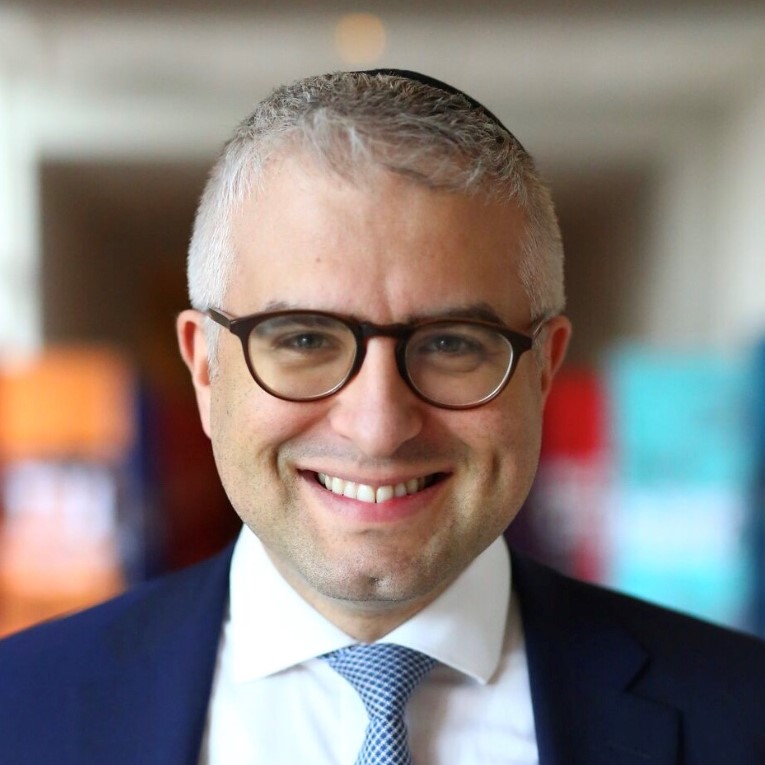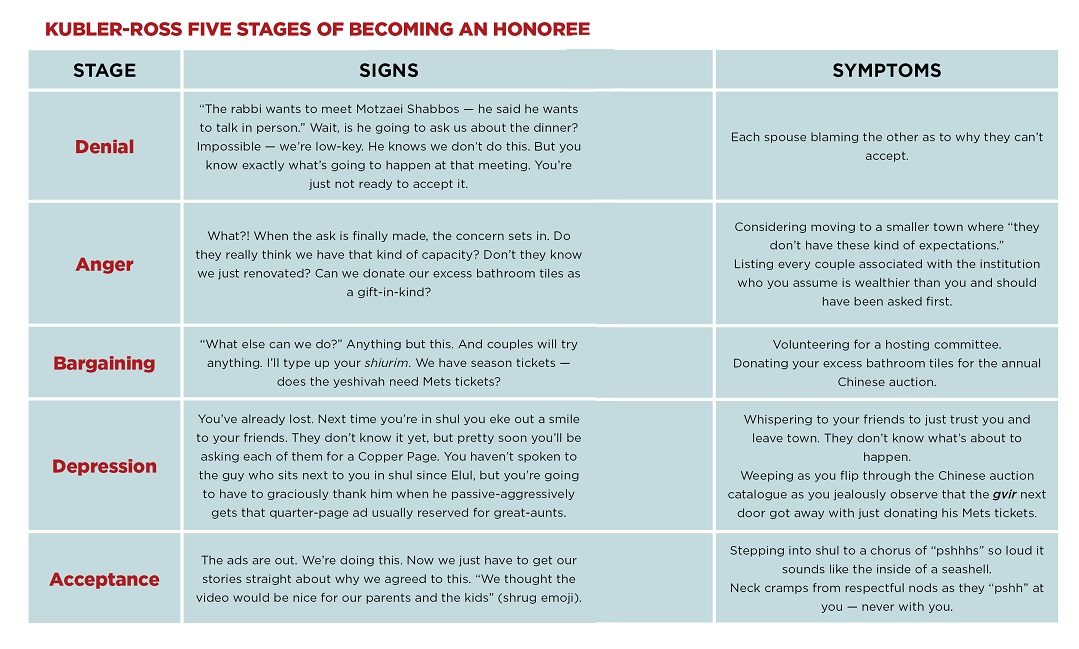Top 5 Seforim Intros Celebrating Torah

Shavuos night always begins with lofty aspirations about what you can accomplish in this one night of learning. But if you want to avoid waking up halfway through covered in rugelach, you need a plan. What are you going to learn? Here are introductions to seforim that celebrate Talmud Torah. You can have your rugelach and learn too.
Help me complete this Top-10 list. I’ll start with the first 5.
1. Achiezer
Rav Chaim Ozer Grodzinski
As European Jewry was on the doorstep of destruction, Rav Chaim Ozer began the introduction to his responsa with a simple question: Is now an appropriate time to publish a sefer? As the world begins to crumble, should we really be printing our Torah thoughts? His answer is inspiring. Yes. “This is the power of the Jewish people,” he writes. “Even when a sword is resting on their neck, the Torah of Hashem is still a joy the entire day.” Amid destruction, he found comfort and strength in building Torah.
2. Igros Moshe
Rav Moshe Feinstein
Decades before Bill Gates famously declared that “content is king,” Rav Moshe began his introduction explaining why the Gemara describes Hakadosh Baruch Hu as tying crowns to the letters of the alef-beis (see Menachos 29b). His introduction remains a classic tribute to the responsibility and the creativity needed to be a posek.
3. Pachad Yitzchak Shavuos
Rav Yitzchok Hutner
Like the Luchos themselves, Pachad Yitzchak on Shavuos had to be written twice. In 1970, Rav Hutner was on an airplane that was hijacked. Thankfully he and the other passengers returned safely, but the manuscript for Pachad Yiztchak Shavuos, which was with Rav Hutner at the time, was never returned. The introduction talks about the pain of rewriting the work from scratch, and the uniqueness of the joy that follows tragedy. While the original manuscript may have been lost, its imprint endures throughout the sefer.
4. Emes L’Yaakov
Rav Yaakov Kamenetsky
I’ve always felt a disconnect between the grandfatherly sweetness of Rav Yaakov’s portrait and the penetrating analysis and sophistication found in his works. Emes L’Yaakov, in particular, can easily be mistaken for a collection of sweet vertlach. It has those too, but the work could not be more different. In his introduction Rav Yaakov defines the uniqueness of Torah in relation to Neviim and Kesuvim. So even if you’re just a yeshivah guy feeling guilty for your woeful ignorance of Nach, this introduction is worth reading.
5. Dor Revi’i
Rav Moshe Shmuel Glasner
A great-grandson of the Chasam Sofer (fourth generation, get it?), Rav Moshe Shmuel Glasner’s sefer on Chullin is not widely read. His introduction however is astonishing. Rav Glasner presents an incredible approach to the development of Torah shebe’al peh. Not one to shy away from controversy, Rav Glasner, who was niftar in 1924, explains how every generation has contributed a certain originality to Torah. The introduction is an elegant celebration of the novelty and imagination with which every generation approaches Torah.
(Originally featured in Mishpacha, Issue 710)
Oops! We could not locate your form.







